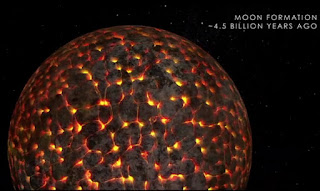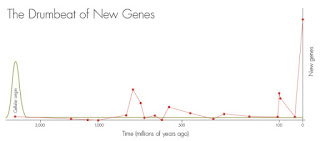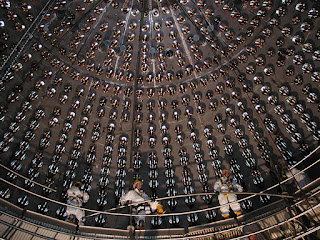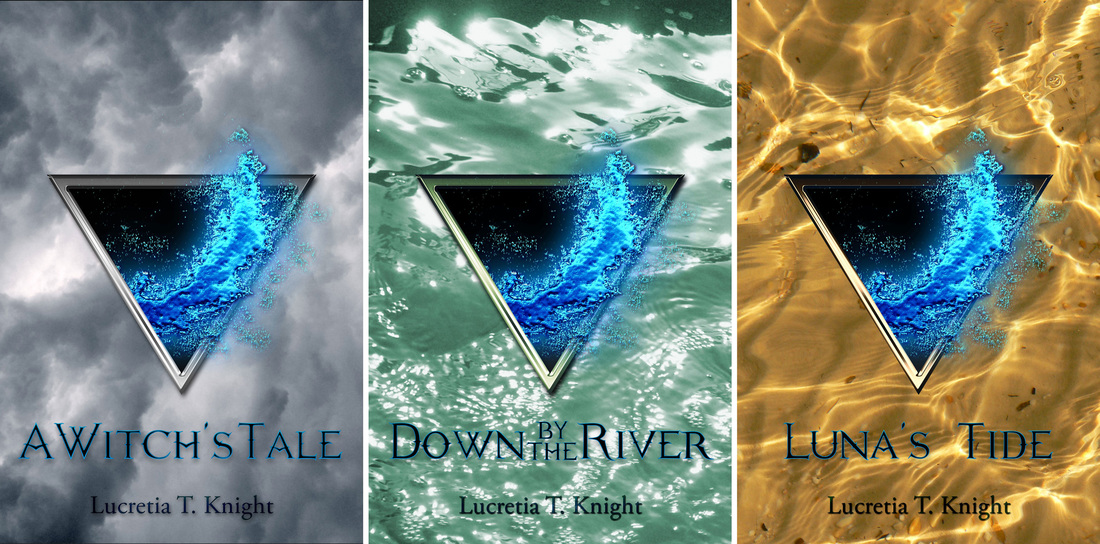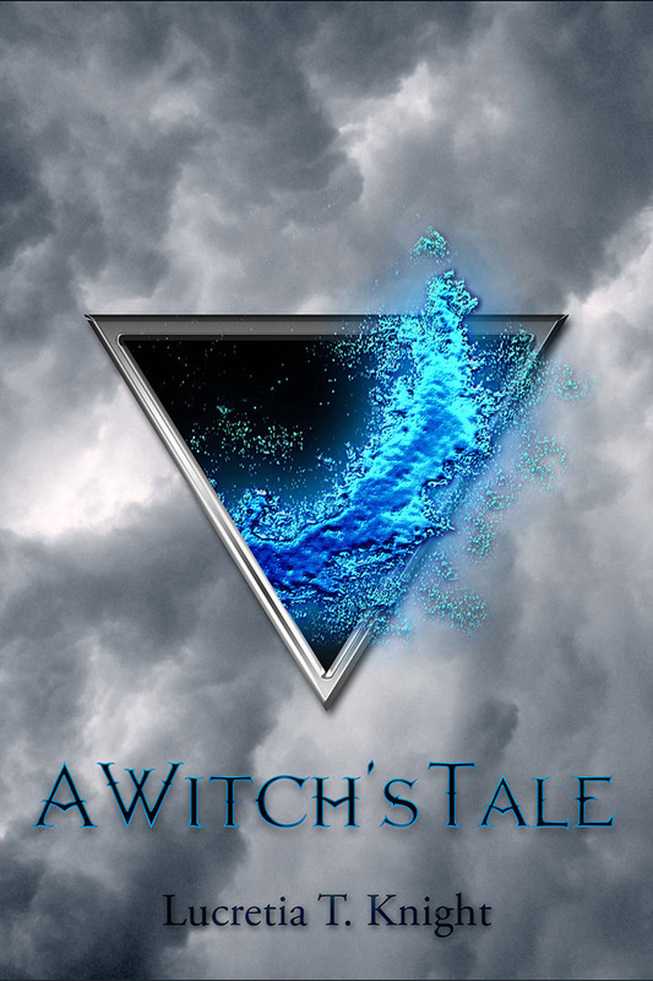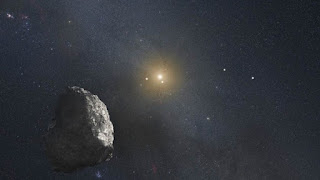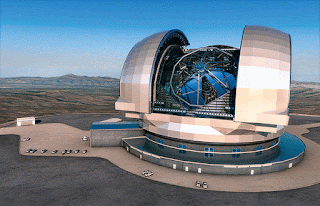Topics: #BlackLivesMatter, Commentary, Diversity, Diversity in Science, Science Fiction
The Black Panther – apart from the armed activist group of the 1960’s, and its most recent modern incarnation – was literally the first non-white superhero brought out in 1966 via The Fantastic Four (issue #52) and other clones were pursued thereafter by Marvel and DC: Black Lightning; Luke Cage: Hero for Hire; Cyborg; Static Shock; John Stewart/Green Lantern (not the recently retired comedian). I started a Facebook group almost as an electronic vigil to the movie, its release well past the retirement of the first African American president with paternal ties to the mother continent. Pity...
I've been reading through a lot of essays online about the meaning of the character and what could (or could not) happen with him in a movie with Chadwick Boseman (Jackie Robinson in “42” and James Brown in “Get on Up”). I say “slow-walking” because the project has been on-the-books since Wesley Snipes in the “Blade” heyday (note: Chris Evans was the Human Torch before he became Captain America, so an actor playing two fantasy superheroes apparently isn’t much of an issue). This was of course, before Wes’ incursion with the law for NOT paying $12 million in taxes. He’s back out and on television now in a series: “The Player” about high-stakes gambling. I have nothing against Boseman as an actor, and I think he’ll likely do a fine job at it. I wouldn't even mind Wesley playing the role of T’Chaka (T’Challa’s father) as that plays an important role in the story’s arc. What concerns me is essentially, Hollywood getting the meaning of the character in proper context, and if they themselves are comfortable with that meaning.
“Wakanda is a small country in Africa notable for never having been conquered in its entire history. When you consider the history of the region, the fact that the French, the English, the Belgians or any number of Christian or Islamic invaders were never able to defeat them in battle…well it’s unprecedented.”
That quote was from the movie “Marvel Knights: The Black Panther.” You can see the story board I transcribed those words from here; the movie if you want to purchase it at this link here. Note: I will get no royalties or gratuities. It's purely on you.
Those words: “…never having been conquered in its entire history.” Whether you hear them on the DVD, or read them, they are jarring; damning in its great and deliberate descriptions of colonial conquerors and the subtle delineation of the means a people are conquered: removal of history (a knowledge of self); language (forced to speak that of your conquerors); culture and religion (forced to absorb, or appropriate the dominate culture’s). The director – Mark Brooks – was deliberate in his wordings, to set the scene. I literally saw it late at night on cable and knew I HAD to have a copy.
Will that be the case with the upcoming movie?
“Never having been conquered” is unprecedented; it means their people were left alone with their language, culture, history and religion intact. Right there: it’s a nod to African animism, which predated any influences of the monotheistic faiths of Judaism, Christianity or Islam. The Black Panther, as many online sources explain, is the ceremonial title of the ruler of Wakanda. Right there: it’s NOT a democratic republic; it’s autocratic, like Pharaohs in Egypt. They developed advanced technology free of western influence (like the pyramids of Egypt, NOT “ancient aliens” or Apocalypse mutants!). Right there: Vibranium allowed them a freedom no other than a small few of African nations on the continent possesses, making them the envy of covetous, greedy operators. The fact they’ve “never been conquered” means they weren’t made an extension of Belgium, England, France, Ireland, Italy, Spain or “Americanized” and frankly didn’t care to be. That T’Challa can trace his ancestry back 10,000 years to the first Black Panther makes me jealous: I trace mine to my great-grandmother and great-grandfather, freed slaves in 1865. 400 generations versus 6 generations makes me feel “puny” by comparison. Many African and Asian cultures have the same strong reference; the same intact sense of self and culture.
“Never having been conquered,” the fictional element Vibranium is brought up first in “Captain America: The First Avenger” (it’s the metal in Cap’s shield), “The Avengers” and “Avengers: Age of Ultron” (part of the action takes place in Wakanda). Unlike other parts of Africa with oil, diamonds and other mineral wealth that due to colonialism and greed, the people living ABOVE it can never benefit from the wealth on the open market. Hell, Wakanda kicked the Skrulls OFF THE PLANET, and sent them packing back to outer space! Oh, and T’Challa has a PhD in Physics from Oxford; a scientific genius on par with Reed Richards and physical skills equal or superior to Cap's: what does THAT mean in the continued age of emulating professional athletes and rappers ad nauseum? So again, I point to the nature of fiction: comic book fiction, heroic fiction, fantasy fiction, science fiction and the tendency to only think the verisimilitude of even fantastic stories “believable” if they are led by an all-white cast. The same Hollywood where Oscar voters are 94% white; 76% male and the average age is 63 years are trusted to tell a story that could have ramifications beyond the screen life of Black Panther. For example, the reboot of the Fantastic Four included Michael B. Jordan (“Fruitvale Station”) as Johnny Storm, and some were livid from online commentary about “authenticity” of the character. Granted, I liked the first "Four" because it was as close to the original story as I’ve seen, Chris Evans as The Torch and Mike Chiklis as The Thing were hilarious; Kerry Washington as Alicia Masters was a change almost ignored. I know Iris West, her TV father Joe and Wally West on the Flash Season 2 are reworked as African Americans a story line borrowed from The New 52. I’m betting since Grant Gustin isn’t reprising the role in the movies, they’ll somehow rediscover the original hue of all the characters. For another earlier example, fan boys lost their collective minds when Heimdall in “Thor” was played by Idris Elba and Hogun the Grim was played by Japanese actor Tadanobu Asano. Okay, Heimdall in traditional Norse mythology is supposed to be the brother of Lady Sif, and with Idris’ tan, that looked highly unlikely. In traditional Norse mythology, Thor had red hair, a beard, two wives, a goat drawn chariot and required a power belt and gloves to lift Mjolnir! There are at least 13 variants across the globe of the thunder god: Set (Egypt again) and Shango (Yoruba: Nigeria) noted examples from Africa. In most mythologies, the gods tend to look like its authors. Thor looked Scandinavian for the Vikings; Nigerian for the Yoruba. That’s the point - the stories start from mythology: someone made them up, recently or a long time ago.
Getting back to Idris, him as James Bond would be awkward and negative stereotyping for a black male: The Bond character represents hedonism, misogyny and the extension of “politics by other means” vis-à-vis the British Empire, which started the global slave trade. Hollywood decided to go with the diversity angle not because they joined hands singing Kumbaya and “We Shall Overcome,” but they wanted more ticket sales/revenue. Part of this again is not Hollywood trying to right some social wrong: it is profit, box office, pure and simple. Instead of Norse gods, they were long living aliens taken as gods by our primitive ancestors and an Einstein-Rosen Bridge – Wormhole – Bifrost (“Any sufficiently advanced technology is indistinguishable from magic.” Sir Arthur C. Clarke, of “2001: A Space Odyssey”). I’ll grant you this: a “white” Black Panther would be oxymoronic and just as hard a story to tell as a black James Bond! However, I don’t expect a Harlem high school doing Macbeth to ship in kids from Westchester, or vice-versa for The Lion King (both cities in New York)! As science-friendly nerd culture is supposed to be, there are still a few areas of social change some of us need to evolve on.
“Never having been conquered” means a culture and civilization that doesn't have to define or redefine itself. They are not arguing for reparations as they have no need for them (nothing was stolen from them): they have resources and wealth they can protect and trade as equals; they have nothing to prove to anyone. (Black lives probably matter a lot more in Wakanda than Ferguson.) If the story is told right, it should be jarring to the senses and spark conversations, all be any fleeting. Any dialogue will likely be brief as we tend to be tribal despite our advanced technology and cling to our own and its illusions. What I remember in middle school during the seventies when “Roots” first aired as a miniseries. It was the first time anyone had heard of Alex Haley, or associated him with “The Autobiography of Malcolm X.” Some of my white classmates at the time came up to me and apologized for slavery. It was a noble gesture, but I often wonder in the online forums I see many comments on things like the Battle Flag of Robert E. Lee’s North Virginia Regiment (mistaken by many through historical misappropriation as the Flag of the Confederacy), if my former classmates' gracious mea culpa has reversed, and ossified?
Again, any dialogue will be fleeting at best. But flit chatter is better than shouted insult; choked-to-death adults; bullets in worshipers at churches and teenagers due to rap music, cigarillos, ice tea and skittles any day. We might actually get somewhere with opening a dialogue long overdue. For this being the 21st Century, we owe it to ourselves and our progeny to get it right this time.
Reference links:
http://www.comicbookmovie.com/black_panther/news/?a=123396
http://blogs.indiewire.com/shadowandact/are-these-set-photos-of-what-wakanda-will-look-like-in-marvels-black-panther-movie-20150512
https://www.youtube.com/watch?v=G1Hu6yXLjEc
